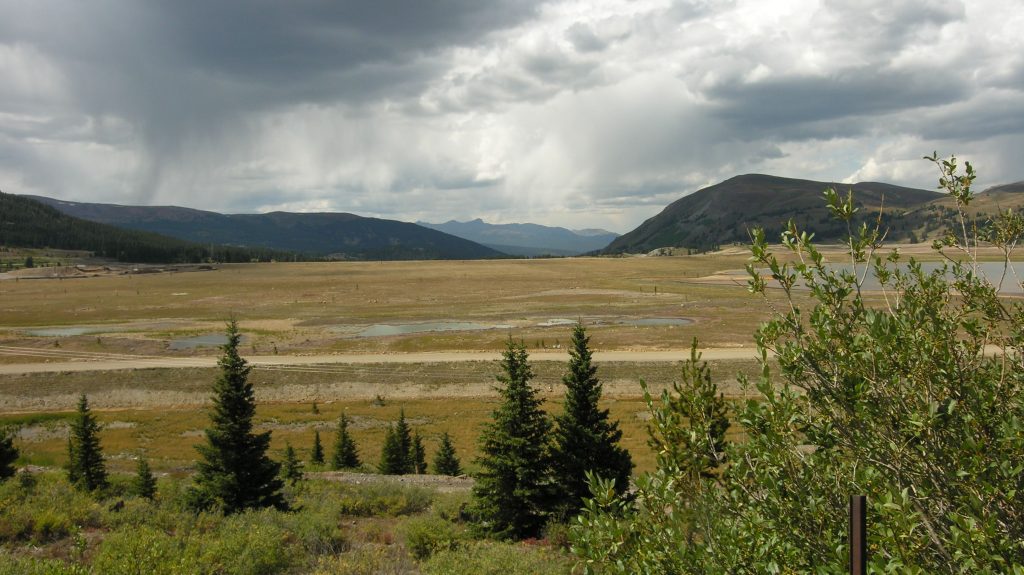Closedure Project
Mine Closure Technologies Resource – Closedure
Kauppila, P.M., Kauppila, T., Pasanen, A., Backnäs, S., Räisänen, M.L., Turunen, K., Karlsson, T., A. Tornivaara, Solismaa, L., Larkins, C., Hentinen, K., Hämäläinen, E., Lerssi, J., Eskelinen, A., Geological Survey of Finland (GTK), P.O. Box 1237, FI-70211 FINLAND
Wahlström, M., Laine-Ylijoki, J., Mroueh, U.-M., Kaartinen, T., Punkkinen, H., Merta, E., Niemeläinen, E., Mäkinen, J., Bomberg, M., Juvankoski, M., VTT Technical Research Centre of Finland, P.O. Box 1000, FI-02044 FINLAND
Introduction
Closure of mining operations is an essential part of the development of eco-efficient mining and the Green Mining concept in Finland. When mines close they leave behind mineral waste material dumps and open spaces (ground workings) that may cause detrimental impacts on environment, if closure is not made properly. To reduce the environmental impacts, societal and economic impacts of mine closure, “Mine Closure Technology Resourse – Closedure” project was established.
The aims of the Closedure project were to
- develop an expandable and updatable web-based technology platform of mine closure to provide accessible tools and resources for both industry and authorities to plan, execute and monitor mine closure,
- promote the selection of technical methods for key closure options, and
- facilitate smoother mine closure planning and permitting processes.
The developed Mine Closure Technology Resource provides comprehensive guidance on the mine closure issues and evaluation of methods and technologies relevant to closure.
Closedure project was carried out as a research co-operation project between Geological Survey of Finland (GTK) and VTT (Technical Research Center of Finland). The project was co-funded by the Tekes Green Mining program, the research partners and companies including: Anglo American Sakatti Mining Oy, Altona Mining Ltd (currently New Boliden), Lassila & Tikanoja Oyj, Golder Associates Oy and Gold Fields Arctic Platinum Oy. Project operated from April 2013 to June 2015.
Steering group of the Closedure project was chaired by Joanna Kuntonen-van’t Riet, Anglo American Sakatti Project (Janne Siikaluoma as a debuty member, previously Bo Långbacka), and Kari Janhunen, Altona Mining Ltd (currently New Boliden; Jyrki Koskinen as a debuty member), served as a vice-chair. Members of the steering group included (with names of the corresponding debuty members in the paranthesis): Ilpo Hiltunen, Regional State Administrative Agency of Southern Finland (Tero Mäkinen), Auri Koivuhuhta, Centre for Economic Development, Transport and the Environment of Kainuu (Raija Urpelainen, Mari Heikkinen), Maija-Leena Rissanen, Golder Associates Oy (Janna Riikonen), Janne Immonen, Lassila & Tikanoja Oy (Satu Jauhiainen), Olli Salmi, VTT (Eemeli Hytönen; previously Aino Helle and Esa Mäkelä) and Risto Pietilä, GTK (Raimo Nevalainen). Tekes was represented in the steering group by Arto Kotipelto and Tekes Green Mining programme by Harry Sandström, Spinverse Oy. Päivi Kauppila, GTK (coordinator of the project and responsible leader of the GTK’s subproject), served as the group’s secretary and Margareta Wahlström and Jutta Laine-Ylijoki participitated in the meetings as representatives of VTT’s subproject.
The main working group responsible on the execution of the project included from GTK: Päivi Kauppila, Tommi Kauppila, Marja Liisa Räisänen, Kaisa Turunen, Anna Tornivaara, Clayton Larkins, Antti Pasanen, Lauri Solismaa, Soile Backnäs, Kimmo Hentinen, Helena Saarinen, Irmeli Mänttäri, Nina Hendriksson, Yann Lahaye, Anniina Kittilä, Pekka Forsman, Niklas Vartiainen, Jouni Lerssi, Anu Eskelinen, Samrit Luoma, Emmy Hämäläinen, Marja Lehtonen, Arja Henttinen, Leena Järvinen, Taija Huotari-Halkosaari, and from VTT: Margareta Wahlström, Jutta Laine-Ylijoki, Ulla-Maija Mroueh, Tommi Kaartinen, Henna Punkkinen, Elina Merta, Emma Niemeläinen, Jarno Mäkinen, Malin Bomberg and Markku Juvankoski.
Structure of the project
Project consisted of five work packages focusing on the key issues of closure: mine closure process, water management, water treatment, wastes and waste facilities and monitoring (Figure 1). In each of these work packages, relevant methods and technologies of mine closure were described and evaluated, and information was gathered on existing international and national cases showing performance of closure solution in practice.

Figure 1. Structure of the Closedure project.
In addition, new research was made on the selected mine closure issues:
- Development of new method to recognize and study groundwater transport paths in crystalline bedrock using isotopic composition of groundwater and mine water,
- Identifying effectiveness of wetlands in treating mine effluents in long term,
- Suitability of laboratory column tests on simulating closure options for mine wastes,
- Performance of waste characterization methods in predicting seepage water quality, and
- Suitability of ultrafiltration method for monitoring soluble, toxic metal concentrations in mine influenced surface- and groundwaters.
Contents, objectives and outcomes of the work packages are presented in the following web pages:
- WP1 Mine Closure Process
- WP2 Water Management
- WP3 Water Treatment
- WP4 Wastes and waste facilities
- WP5 Monitoring
Results of the project
Project produced ca. 200 web pages on the mine closure issues, including legislation and practices pertinent to closure, technology evaluations, method descriptions and presentations of case studies, and R&D work carried out during the project.
Results of the project are combiled in the Closedure pages:
The main results of the project were presented in the final seminar in 2nd June 2015 at the Geological Survey of Finland. The programme of the seminar and the presentations given can be found in:

Figure 2. Reclamated part of the Robinson tailings area in 2009, Colorado, USA. Photo © P. Kauppila, GTK

Leave A Comment
You must be logged in to post a comment.